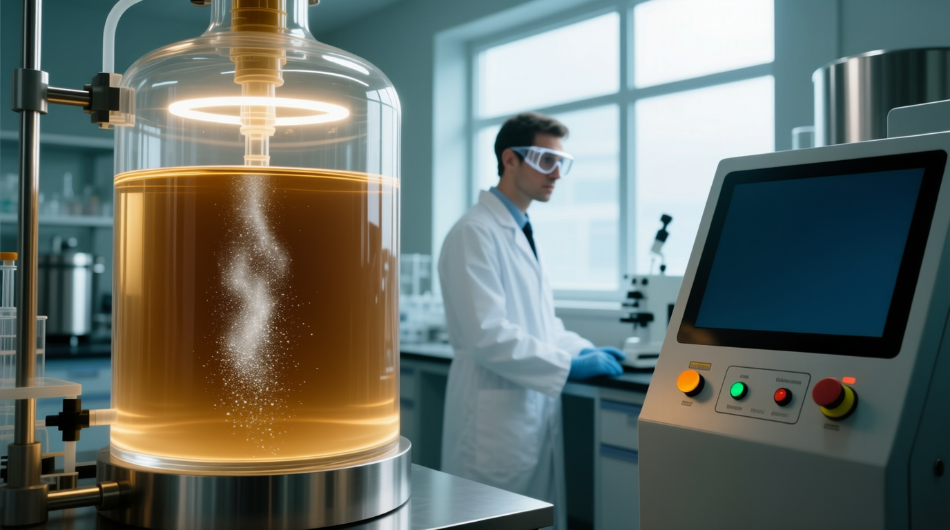A quiet yet powerful revolution is taking place in the food production landscape, fusing the principles of mycology with the most advanced genetic engineering techniques. This article aims to delve deeply into the world of engineered yeast, the microorganisms reshaping our approach to protein production. For mycologists and mushroom breeders, accustomed to manipulating complex eukaryotic organisms, these developments represent not only a scientific curiosity but a logical extension of their expertise in a cutting-edge field. We will analyze every aspect of this technology, from its biological foundations to practical applications, with particular attention to the influence of critical environmental parameters such as light, its specific spectra, and photoperiod management—elements familiar to anyone engaged in controlled cultivation.
Sleep is one of the fundamental pillars of psychophysical well-being, a complex biological process involving numerous neurochemical and hormonal systems. In recent decades, scientific research has focused increasing attention on the properties of medicinal mushrooms, particularly Ganoderma lucidum, commonly known as Reishi, for its modulatory effects on the central nervous system and the sleep-wake cycle. This article aims to analyze in depth the mechanisms through which Reishi positively influences sleep quality, examining the scientific evidence, the active components responsible for its sedative-adaptogen effects, and optimal usage protocols. Through a detailed analysis of the scientific literature and traditional applications, we will seek to understand how this medicinal mushroom can provide a valuable natural support for improving nighttime rest and combating various sleep disorders.
Welcome to this in-depth technical study dedicated to one of the most fascinating and sometimes overlooked aspects of mycoculture: the influence of light on mushroom fruiting. For decades, the common belief among many growers was that mushrooms, lacking chlorophyll and not dependent on photosynthesis, were organisms indifferent to light. The reality, as we will discover in this treatise, is quite different and incredibly complex. Light is not a simple secondary environmental factor: it acts as a precise regulatory signal, a conductor coordinating the physiological processes that lead from the vegetative phase of the mycelium to the magnificent formation of the fruiting bodies.












